Scuba diver explores mysterious WWII fighter plane wreck
Japanese zeroes were legendary for their role in the attack on Pearl
Harbor in World War II. They became even more infamous after becoming
the tool for kamikaze suicidal pilots during second world war.
Divers exploring this wreck didn’t fully understand the mystery
behind the plane until later that night when their boat Captain, Alan
Raabe began telling them the dark, yet fascinating tale. This Japanese
Zero has a mysterious history that has only recently come to light.
The wreck of this plane was found in 2004 by a villager in Papua New
Guinea, William Nui, who was freediving for sea cucumbers to feed his
family. When he saw it, he first thought it was the wreck of a small
passenger plane that had been lost several days before after taking
off from Hoskins Airport in Papua New Guinea. But when he dove again
and inspected it closer, he saw that it was a much older wreck.
He informed the local authorities and word spread to the ears of a man
named Max Benjamin. Max runs the Walindi resort and dive operation. He
dove on the wreck to investigate the mysterious discovery and to learn
more about it. He found it in remarkable condition, with no signs of
combat damage or bullet holes. This suggests that the pilot was not
shot down. The throttle lever and pitch control were in a position
that suggested that the plane was likely running out of fuel and that
the pilot had executed a controlled water landing, probably after
becoming lost.
Using the serial number of the plane and factual war records, Max
learned that the plane had taken off from West New Britain on December
26th 1944, flown by Tomiharu Honda. Records show that planes making
such emergency landings after running out of fuel were not uncommon in
the Pacific during WWII. Honda was obviously a skilled pilot to
conduct a water landing that placed him 50m (150 feet) from shore in
an undamaged plane.
Although the wreckage of the plane tells us the story of what happened
to the pilot that day, what happened to him afterwards remains a
mystery. Stories of the local villagers suggest that Honda was helped
to the village of Talasea. While this may be true, cannibalism was
still practiced in that time and some people believe that he may not
have survived long after his landing. His fate remains unknown. There
is no record of him making it home.
This dive site and the history behind the wreck provide scuba divers
with a fascinating place to explore. Walindi Resort and the MV FeBrina
dive boat make this excursion regularly. The wreck is surprisingly
intact, although corals and sponges are slowly taking over and the
ocean is claiming the plane as her own. This plane had rested
undiscovered at the bottom of the bay for almost 60 years.
-
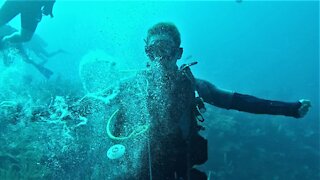 0:24
0:24
BigSexysPlayground
3 years ago $0.44 earnedScuba diver demonstrates impressive underwater bubble ring talent
2.19K -
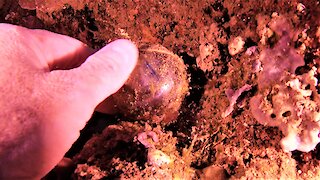 0:28
0:28
WildCreatures
4 years ago $16.19 earnedScuba diver finds world's largest single celled organism
2.54K6 -
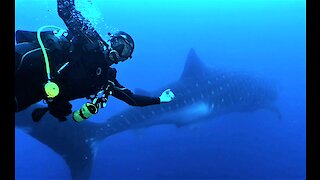 1:14
1:14
WildCreatures
4 years ago $2.54 earnedScuba diver performs world's most perfect photo bomb
4.03K5 -
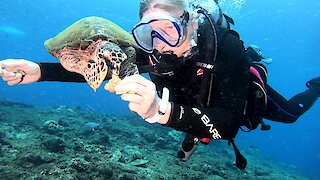 1:03
1:03
WildCreatures
3 years ago $0.09 earnedScuba diver hand feeds friendly Hawksbill turtle in Papua New Guinea
1.08K1 -
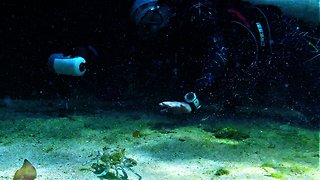 0:36
0:36
WildCreatures
4 years ago $11.09 earnedScuba diver and crab share adorable interaction
13.4K3 -
 0:53
0:53
WildCreatures
4 years ago $5.09 earnedScuba diver finds someone's functioning GoPro in Mexico
2.78K1 -
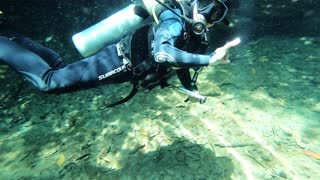 0:27
0:27
WildCreatures
4 years ago $13.93 earnedScuba diver appears to be reading book underwater!
1.28K1 -
 0:53
0:53
WildCreatures
4 years ago $1.98 earnedScuba diver can't resist funny antics in fast flowing river
2.74K -
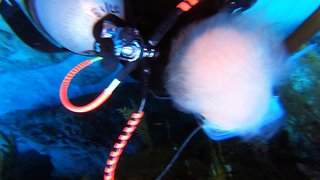 0:57
0:57
WildCreatures
5 years ago $0.04 earnedScuba diver ridiculously photobombs epic lobster video
2.74K1 -
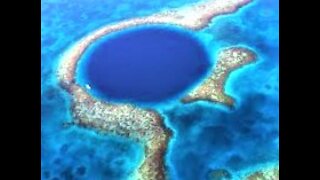 1:54
1:54
WildCreatures
4 years ago $0.19 earnedScuba divers explore the depths of the mysterious Great Blue Hole in Belize
1.88K1